This feature is only available to customers on paid plans. To upgrade, contact your Customer Success Manager or sales@heap.io.
Overview
Heap automatically captures and surfaces rage clicks if you are on a paid plan. Rage clicks are when a user repeatedly clicks or taps on one part of your page in a short time frame. Rage clicks can be a sign that there’s a bug, or that an experience is confusing, slow, or tedious.
With rage clicks in Heap, you can answer questions like:
- Which parts of my website or app generate the most confusion or frustration?
- Have I recently seen an increase in rage clicks on certain parts of my website or app?
How to use rage clicks in analysis
Because rage clicks are like any other Heap event, you can use them in analysis to create your own charts.

For example, in this journey we added a step for rage-clicking on a specific element. The journey shows two paths, one with users who rage-clicked and another path of those that didn’t.
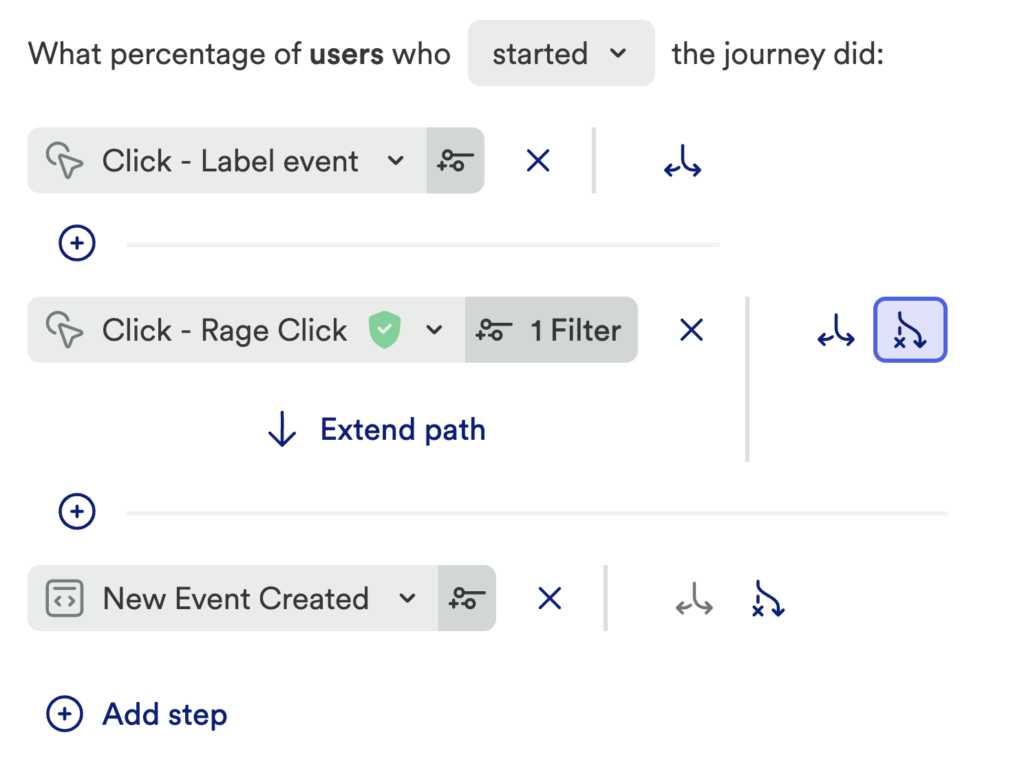
Some other examples to try:
- Create a Usage over time chart that looks at Unique users who rage-clicked, grouped by a property you care about, like Domain or Marketing Channel.
- Examine rage click differences between user segments. Create a Usage over time chart that looks at Total events for rage clicks, grouped by segments such as “New User” and “Returning User” or “Free User” and “Paying User.”
- Include rage clicks as an optional step in a funnel to understand the impact rage-clicking has on conversion.
How to find sessions with rage clicks
Navigate to the Sessions page. If a session contains rage clicks, you’ll see a red click indicator next to it in the list.

Hovering over the indicator gives you a preview of what the rage-clicked elements were.
To see the event list for a session, click View Events. You can scroll through to see what happened in the session, with the rage click events highlighted in red.
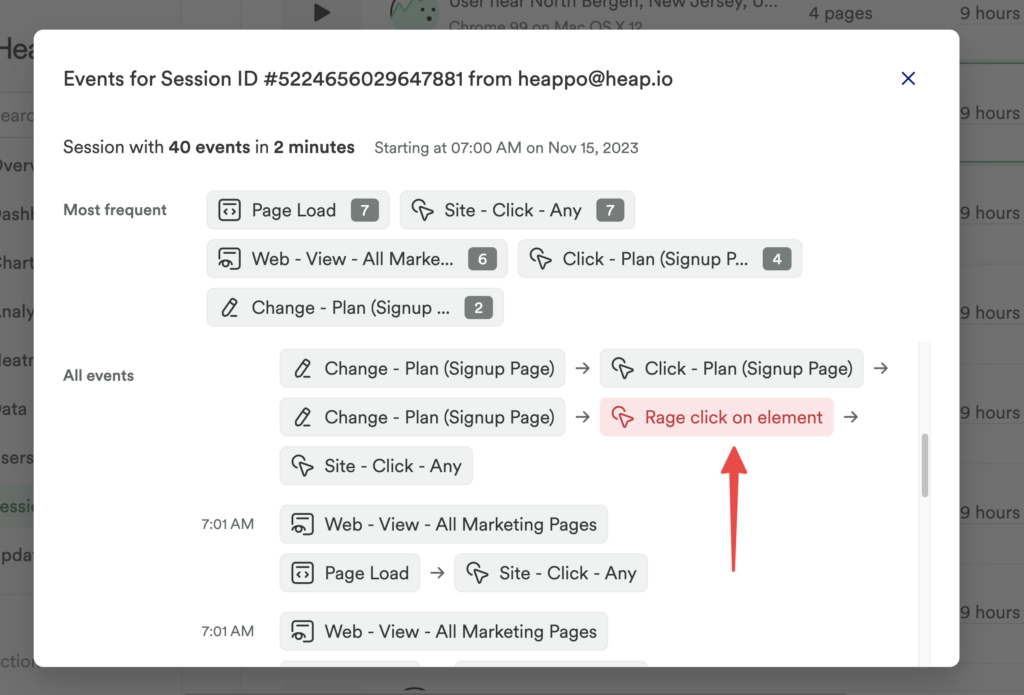
Teams with session replay can see and search for rage clicks within a given replay.
Preventing clicks on certain elements from counting as rage clicks
Heap automatically identifies rage clicks in your web app or web experience, but sometimes there are parts of your website or app where you expect your users to repeatedly click often in the same place.
In the Heap app, we have a calendar date picker where users frequently tap the “<” and “>” buttons. Other examples include “Previous Month” icons, or the “Next” button on a search results page. These frequent clicks can lead to rage click false positives.
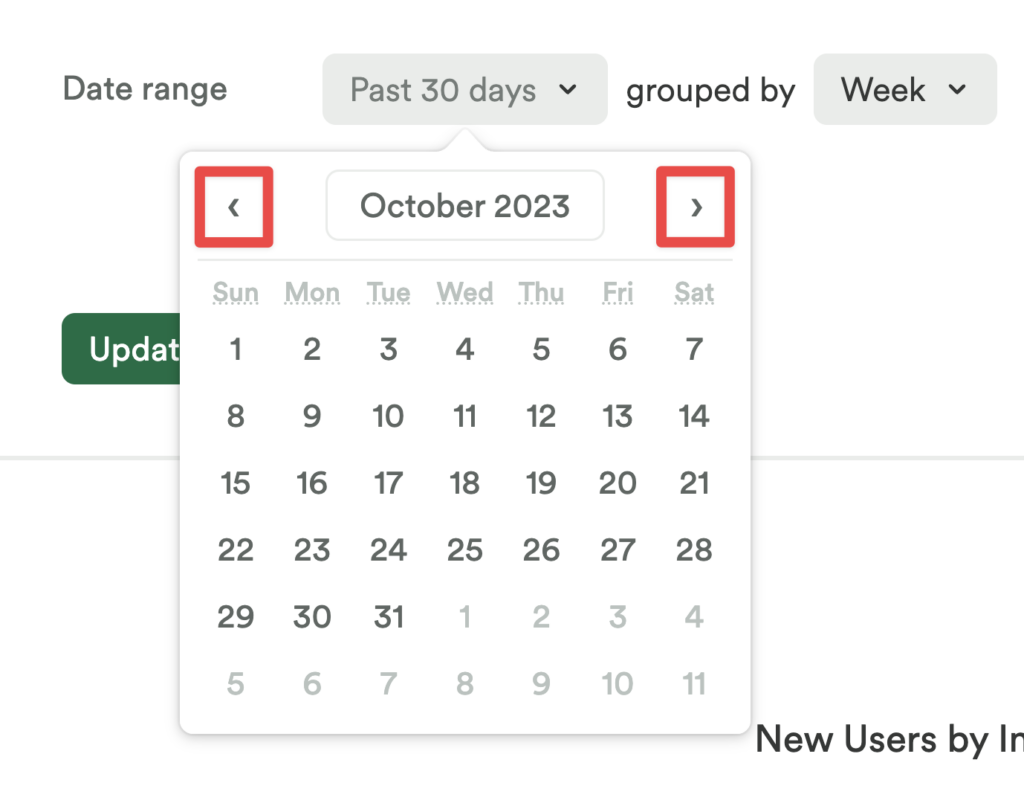
To find which elements might be false positives, build a Heap chart that shows your top rage-clicked elements.
One way to do this is by creating a Usage over time chart that looks at Total events with Rage Click as the event. Group by autocaptured properties like Target Text or Target Class, which can signal which elements receive the most rage clicks. Here at Heap, the top two results from this chart are “<” and “>”, which does not surprise us!
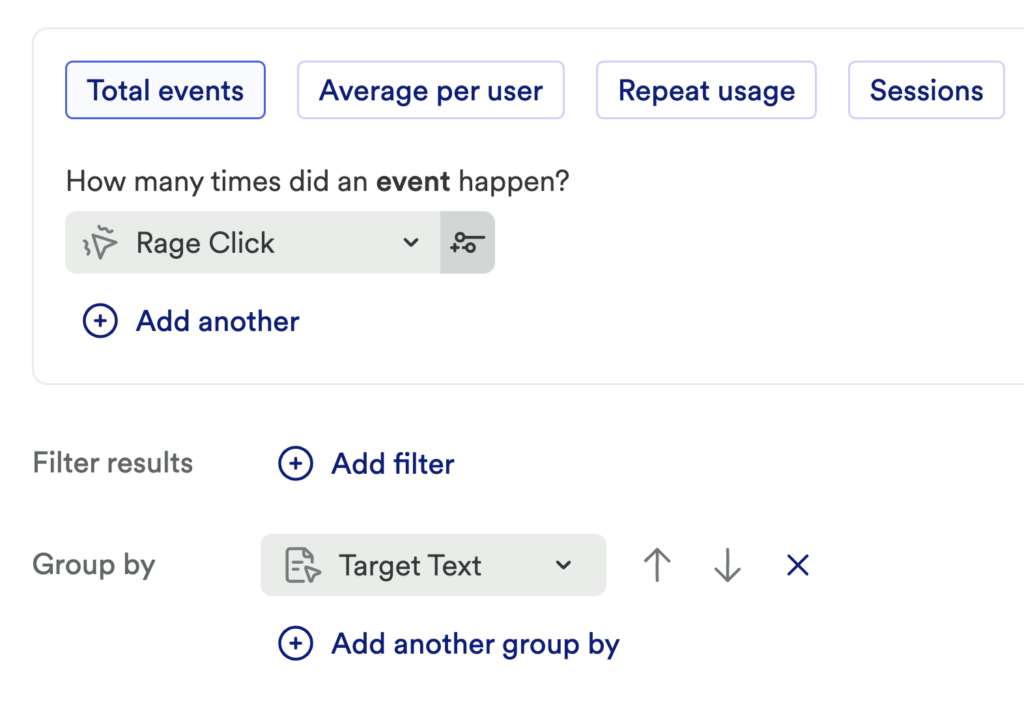
Once you find a suspicious “false positive”, you can create a rage click event to filter out clicks on that element. At Heap we have event use used called “Click – Rage Click” that excludes all clicks on the “<” and “>” characters.
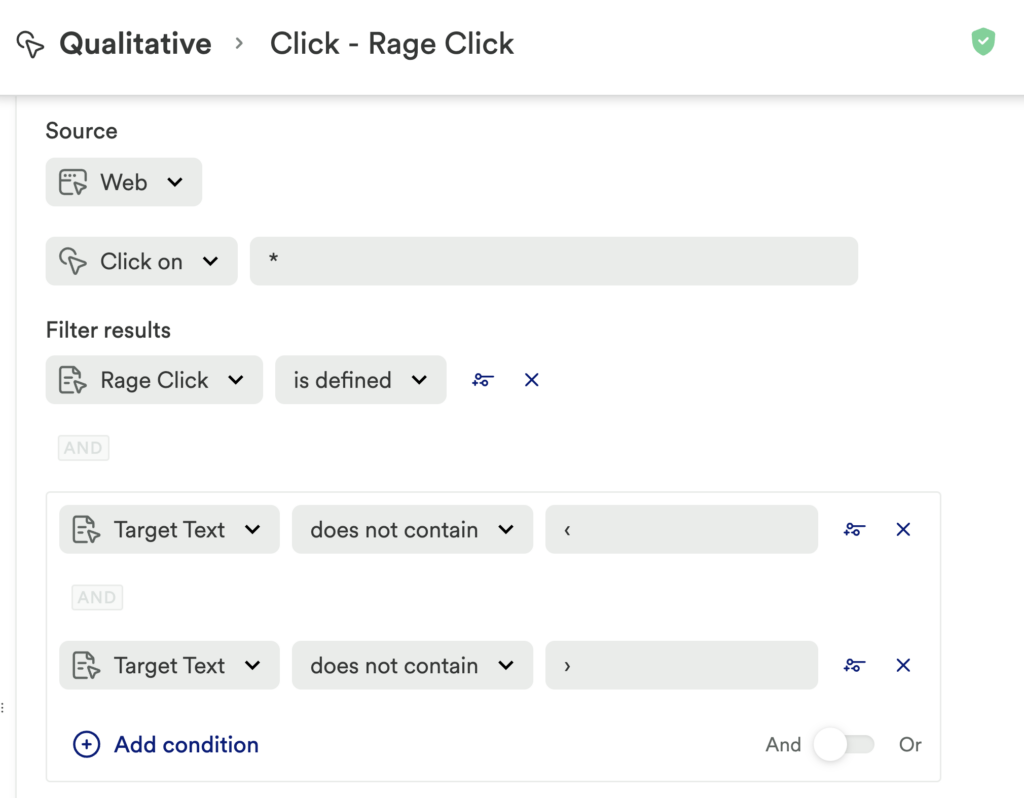
Frequently Asked Questions
Do I have to have a session replay plan to use rage clicks?
No! Heap offers rage clicks as an autocaptured built-in event for any account on a paid plan. To watch sessions with rage clicks, so you can truly understand what might have led a user to rage click, you need to trial or purchase the Heap session replay add-on.
I don’t see rage clicks in my account earlier than November 2023. Why?
Heap introduced rage clicks as an autocaptured event in early November of 2023; you won’t see rage clicks captured in your account before that date.